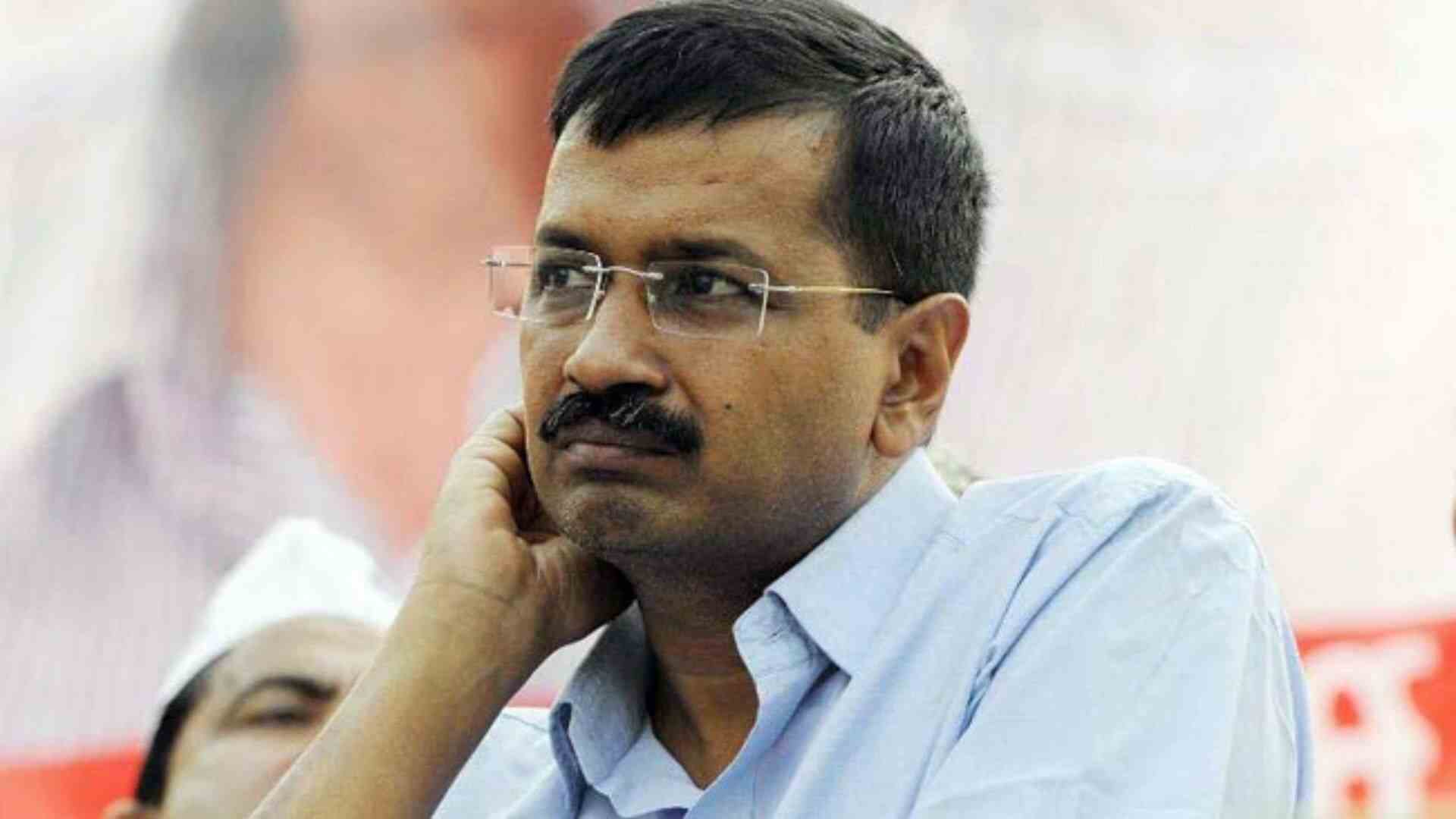As Delhi faces escalating air pollution levels, toxic foam was spotted on the Yamuna River in the Kalindi Kunj area on October 18.
This alarming situation has brought renewed attention to Aam Aadmi Party leader Arvind Kejriwal’s promise from last year regarding the cleaning of the Yamuna River. In 2023, he assured the residents of Delhi that the river would be cleaned before the 2025 assembly elections. However, the current conditions tell a different story as state elections approach.
Watch Here:
Severe Pollution in the Yamuna River
The Yamuna River has reported unprecedented levels of fecal contamination in September, highlighting the severe issue of untreated sewage and pollution. A report from the Delhi Pollution Control Committee (DPCC) indicated that fecal levels soared to an alarming 4,900,000 Most Probable Number (MPN) per 100 ml. This figure is 1,959 times greater than the standard limit of 2,500 units and 9,800 times above the ideal limit of 500 units. This represents the highest pollution level in the river since February 2022 when fecal coliform levels at the Agra Canal hit 6,300,000 units. The increase in fecal levels coincides with specific stretches of the river showing significant flooding, a clear sign of pollution caused by a mix of contaminants like surfactants and phosphates.
AQI Update
In the Anand Vihar area, the AQI fell to 339, categorizing it as ‘very poor’ on Friday. The AQI in the India Gate area and its surroundings was recorded at 270, classified as ‘poor.’ In Dwarka, Sector 8, the AQI reached 325, also placing it in the ‘very poor’ category. Vivek Vihar similarly reported a rise in AQI to 324, firmly in the ‘very poor’ classification. According to the Central Pollution Control Board, an AQI categorized as ‘Poor’ can lead to breathing difficulties for most individuals upon prolonged exposure, while ‘Very Poor’ levels can cause respiratory issues with extended exposure.
Implementation of GRAP Stage 1
On Tuesday, the first stage of the Graded Response Action Plan (GRAP) was enacted in the national capital, as air quality persisted in the ‘poor’ category for the third consecutive day.
GRAP is structured into four stages based on air quality:
- Stage I – ‘Poor’ (AQI 201-300)
- Stage II – ‘Very Poor’ (AQI 301-400)
- Stage III – ‘Severe’ (AQI 401-450)
- Stage IV – ‘Severe Plus’ (AQI >450).
The objectives of GRAP Stage 1 are to reduce pollution by controlling dust at construction sites, improving waste management, and ensuring regular road cleaning. It includes stringent checks on polluting vehicles, enhanced traffic management, and emission controls for industries, power plants, and brick kilns. Additionally, it prohibits the open burning of waste, limits diesel generator usage, and bans the use of coal or firewood in eateries.









